Color psychology is a fascinating field that has been studied extensively throughout history. From ancient yogic practices to modern interior design, the impact of color on our emotions, behavior, and overall well-being has been recognized for centuries. In this blog, we will explore the significance of color psychology.
The Bhagavad Gita, a Hindu scripture, describes the importance of color in our daily lives. It states that colors have the power to influence our moods and emotions. The text mentions five primary colors: white, black, red, green, and yellow. Each color has its own significance and is associated with different emotions and qualities.
Red Color Psychology
The color red is associated with energy, passion, and excitement. It is a bold and vibrant color that stimulates our nervous system and raises our blood pressure, heart rate, and adrenaline levels. Red can be used in gym areas or drawing rooms to create a dynamic and energetic atmosphere. However, too much red can cause feelings of anger, aggression, and restlessness. Therefore, it is advisable to use red in moderation and as an accent color rather than a primary color.
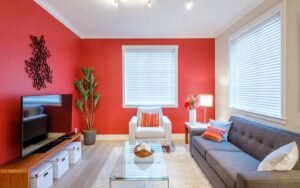
Orange Color Psychology
Orange is a warm and inviting color that is associated with creativity, enthusiasm, and socialization. It is a popular color for kitchens, dining rooms, and family rooms as it promotes conversation and creates a sense of community. Orange can uplift our mood and stimulate our appetite. However, too much orange can cause feelings of anxiety and nervousness.
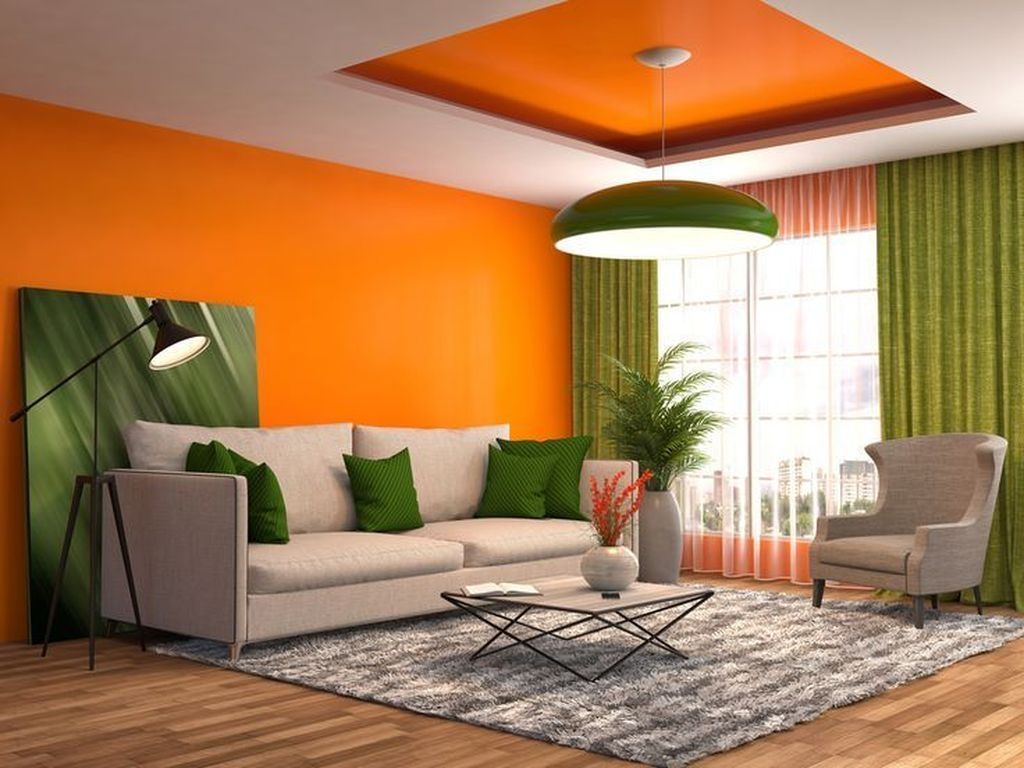
Yellow Color Psychology
Yellow is a bright and cheerful color that is associated with happiness, optimism, and mental clarity. It is an excellent color for kitchens, bathrooms, and home offices as it promotes mental alertness and concentration. Yellow can uplift our mood and inspire our creativity.
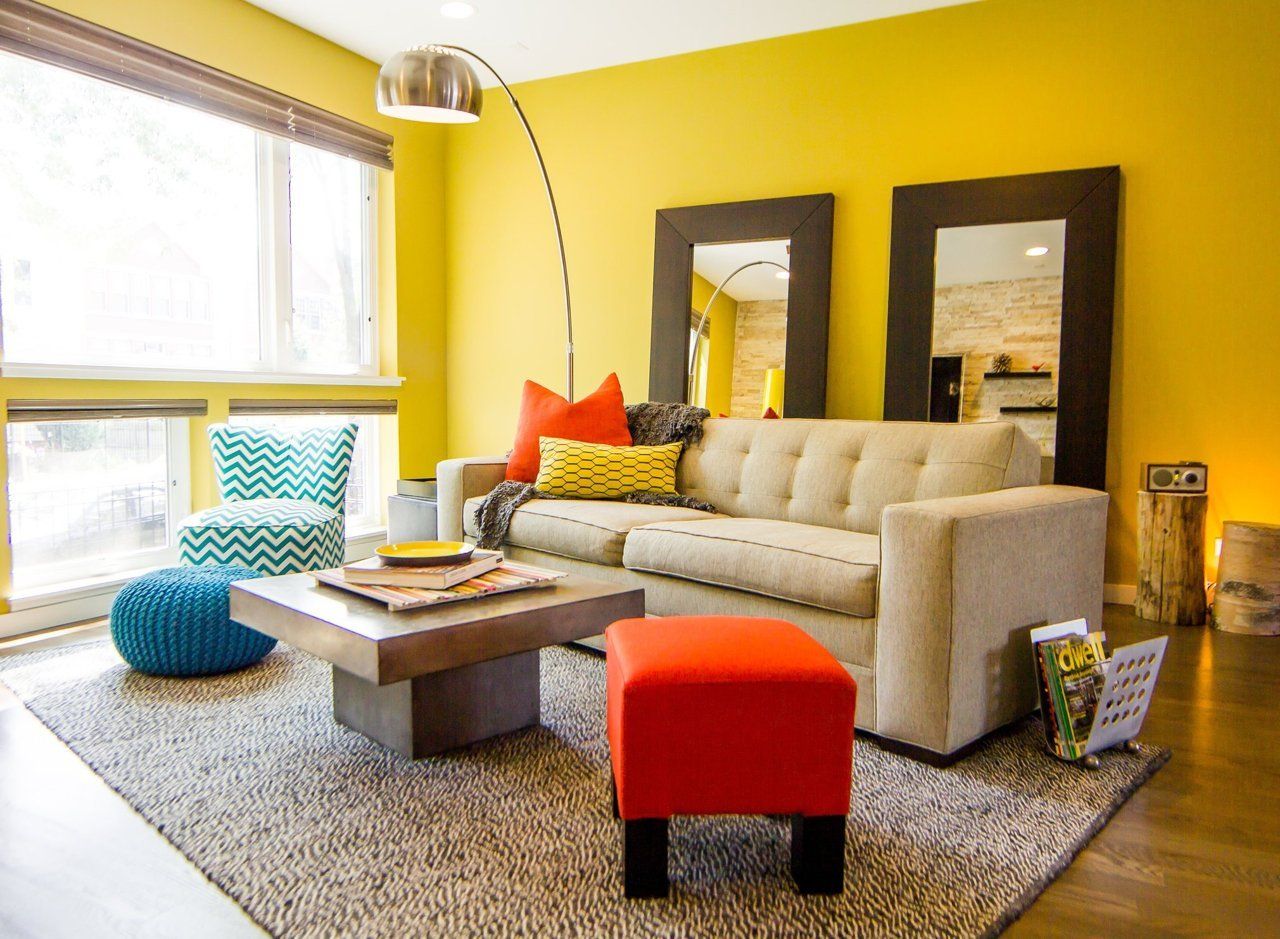
Green Color Psychology
Green is a calming and soothing color that is associated with balance, harmony, and nature. It is an excellent color for bedrooms, bathrooms, and living rooms, promoting relaxation and restfulness. Green can reduce our stress levels, lower our blood pressure and heart rate, and improve our overall well-being. Green can promote a sense of balance and harmony in our lives.
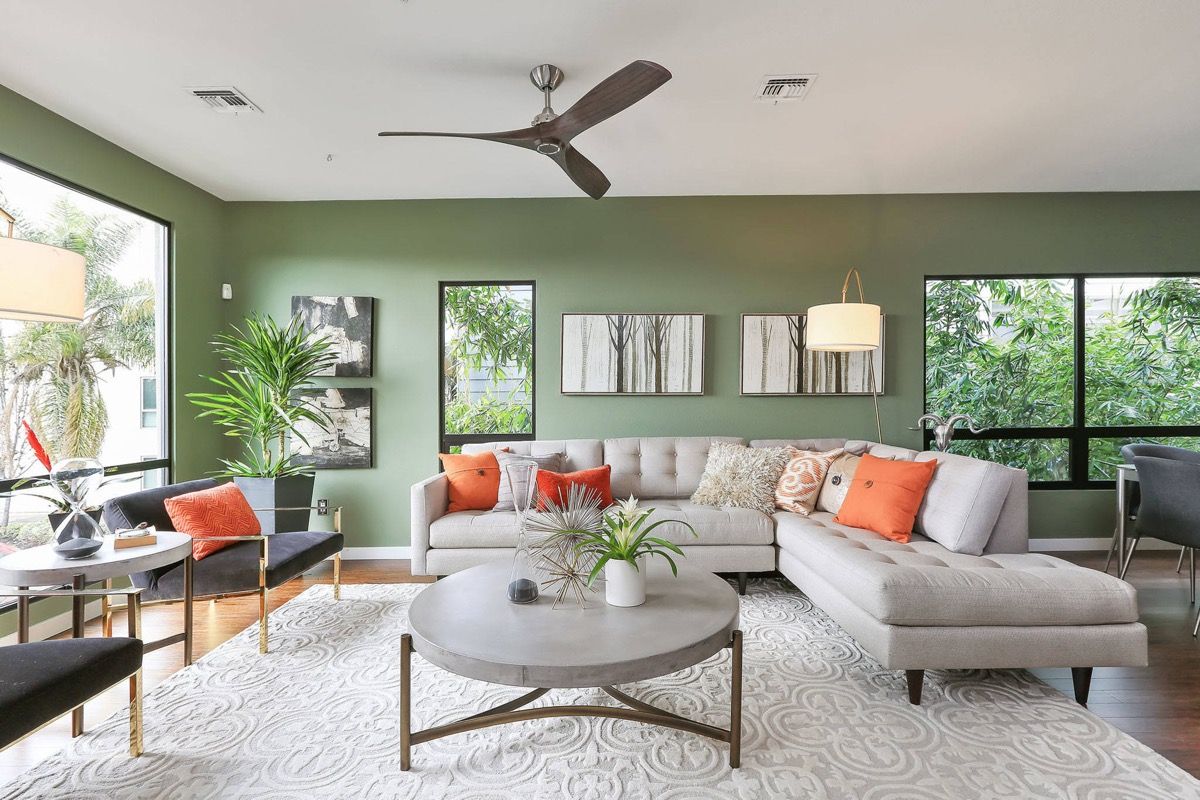
Blue Color Psychology
Blue is a calming and serene color that is associated with peace, tranquility, and emotional stability. It can be used for bedrooms, bathrooms, and meditation areas as it promotes relaxation. Blue can lower our blood pressure and heart rate, reduce stress levels, and promote emotional stability. However, too much blue can cause feelings of sadness and depression. Therefore, it is best to use blue in moderation.
Purple Color Psychology
Purple is a luxurious and elegant color that is associated with creativity, spirituality, and imagination. It is an excellent color for living rooms and meditation areas. Purple can uplift our mood and stimulate our imagination. It can also enhance our creativity and promote a sense of spirituality and connection to the divine.
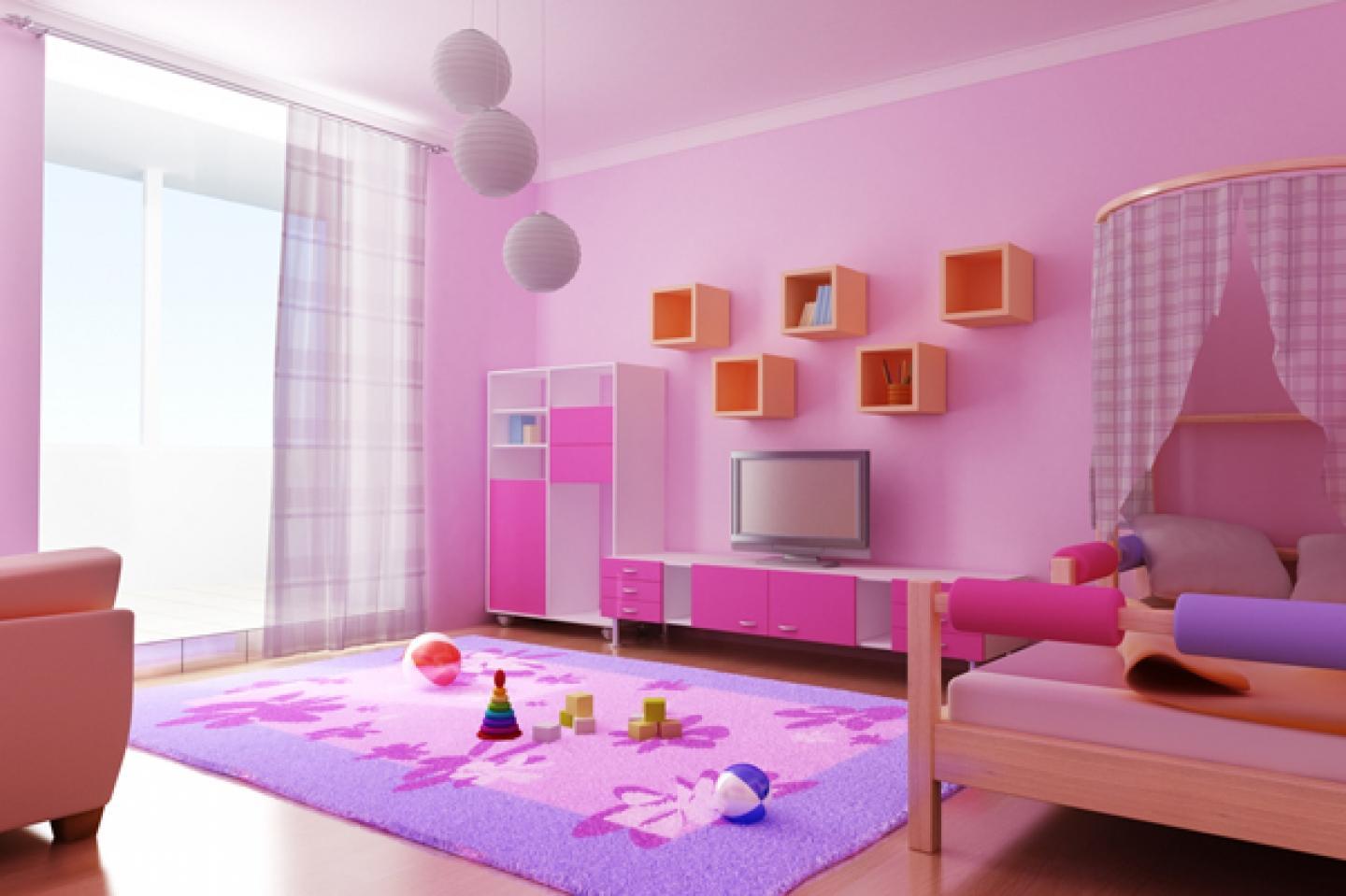
White Color Psychology
White is a pure and clean color that is associated with clarity, simplicity, and purity. It is an excellent color for bathrooms, kitchens, and bedrooms as it promotes cleanliness and clarity. White can also create an illusion of space and make a room look more prominent and brighter. However, too much white can cause feelings of emptiness and sterility. it is best to balance white with other colors to create a more welcoming and comfortable space.
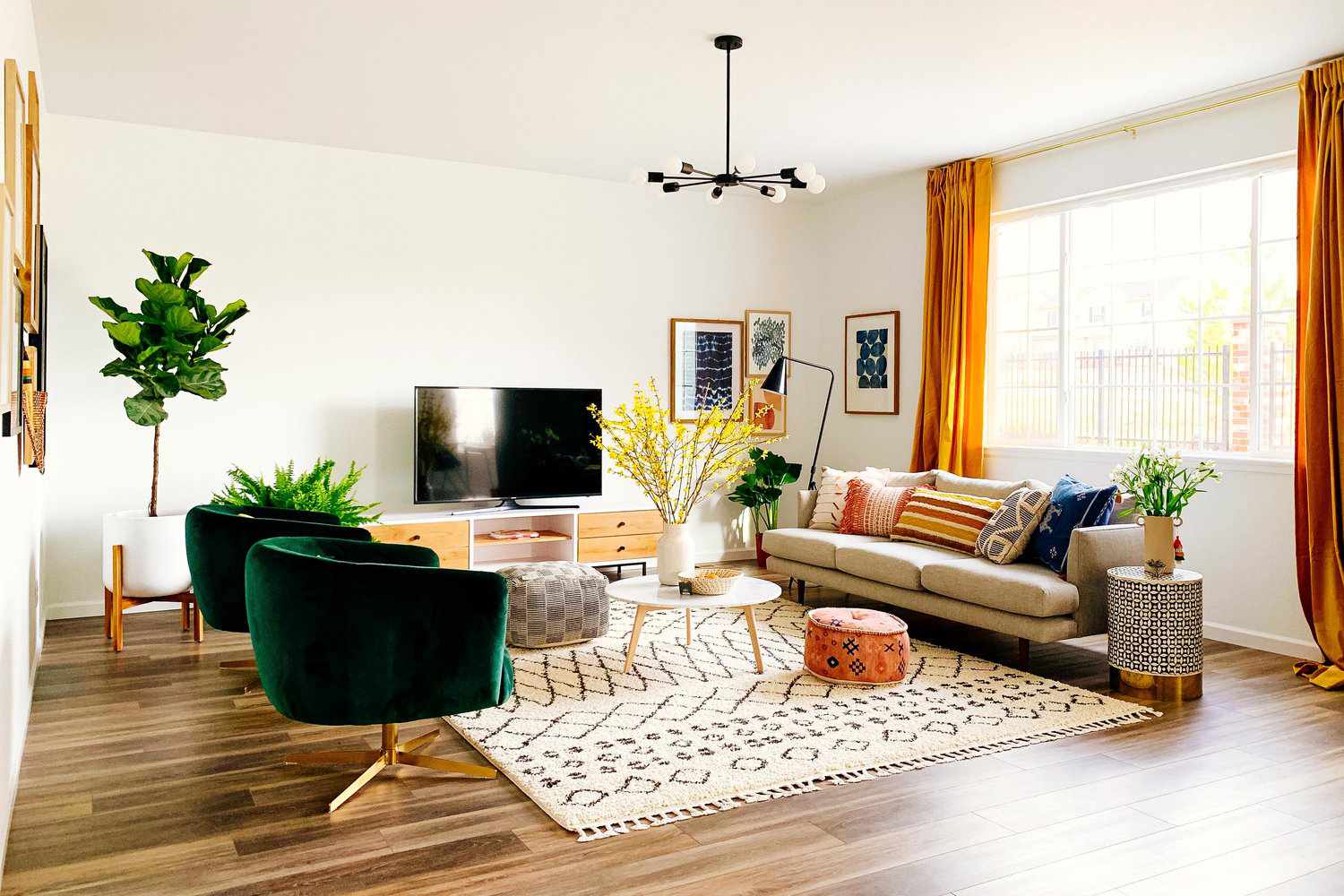
Black Color Psychology
Black is a sophisticated and elegant color that is associated with power, authority, and sophistication. It is an excellent color for formal dining rooms, and home offices, as it promotes a sense of elegance and formality. Black can also create an illusion of depth and make a room look more dramatic and glamorous. However, too much black can cause feelings of sadness and depression. Therefore, it is best to balance black with other colors to create a more balanced and inviting space.
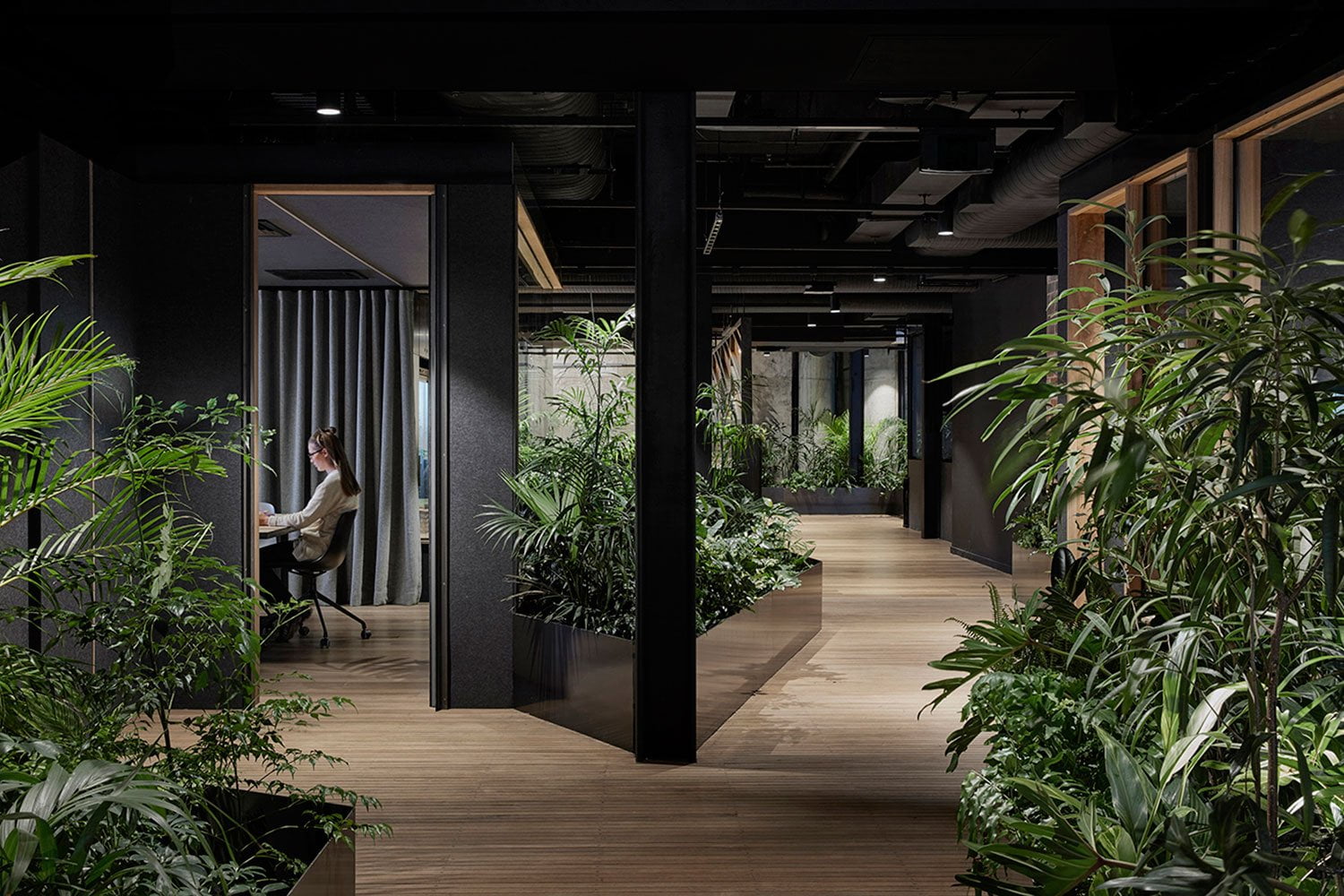
Grey Color Psychology
Grey is a neutral and calming color that is associated with balance, stability, and serenity. It is an excellent color for bedrooms, living rooms, and meditation areas as it promotes relaxation. Grey can also create an illusion of space and make a room look more sophisticated and elegant.
Conclusion:
In summary, each color has its unique psychological effects on human behavior and overall well-being. also, Homiie Studio contains each and every aspect of color psychology to complete their Designs. It is essential to use colors in a holistic way to create a comfortable and inviting space that promotes relaxation, restfulness, and productivity.
In homes and workplaces, the use of colors can significantly impact our moods, behaviors, and mental and physical health. It is advisable to choose colors that resonate with your personality, lifestyle, and preferences, and balance them with other colors to create a harmonious and balanced space.
